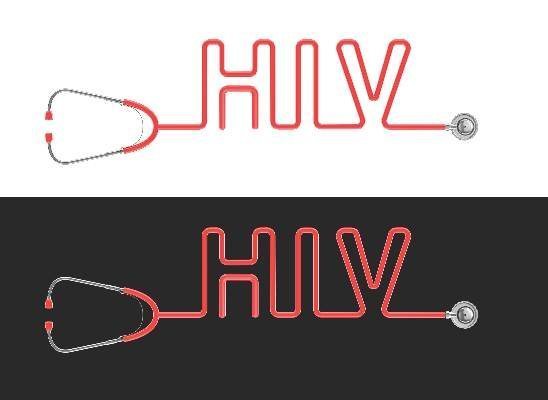FROM JAMA
The International Antiviral Society–USA has updated its recommendations for the use of antiretroviral drugs to treat or to prevent HIV infection in adults.
In light of new evidence emerging since its 2014 report on antiretroviral drugs (ARVs), the International Antiviral Society–USA convened a panel of HIV experts to review data published in peer-reviewed journals, presented by regulatory agencies, or presented as conference abstracts at peer-reviewed scientific conferences that would change previous recommendations or ratings. The resulting recommendations were published online in the Journal of the American Medical Association. ( JAMA. 2016;316[2]:191-210. doi:10.1001/jama.2016.8900 )
The panel concluded that newer data support the “widely accepted” recommendation that antiretroviral therapy (ART) should be started in all individuals with HIV infection with detectable viremia regardless of CD4 cell count. They said optimal initial regimens for most patients should include two nucleoside reverse transcriptase inhibitors (NRTIs) plus an integrase strand transfer inhibitor (InSTI). The panel concluded that other effective regimens may include nonnucleoside reverse transcriptase inhibitors or boosted protease inhibitors with two NRTIs.
Also of note are the panel’s recommendations for certain special populations. The panel said HIV-infected pregnant women should initiate ART for their own health and to reduce the likelihood of HIV transmission to the infant. HIV-infected patients with hepatitis B virus (HBV) coinfection should initiate a recommended ART regimen that contains tenofovir disoproxil fumarate (TDF) or tenofovir alafenamide (TAF), lamivudine or emtricitabine, and a third component.
In addition, the panel said ART should be started within the first 2 weeks after diagnosis for most acute opportunistic infections, with the possible exception of acute cryptococcal meningitis, and ART should be started within the first 2 weeks of initiation of tuberculosis treatment for those with CD4 cell counts of 50/mcL or less and within the first 2-8 weeks for those with CD4 cell counts above 50/mcL.
For prevention of HIV infection, the panel concluded that preexposure prophylaxis (PrEP) should be considered for anyone from a population whose HIV incidence is at least 2% per year, or for HIV-seronegative partners of HIV-infected persons who do not have viral suppression. Daily tenofovir disoproxil fumarate/emtricitabine is recommended for use as preexposure prophylaxis to prevent HIV infection in persons at high risk. Also, postexposure prophylaxis should be started as soon as possible after exposure.
For the complete list of ARV recommendations, see the report in JAMA ( doi:10.1001/jama.2016.8900 ).
On Twitter @richpizzi





